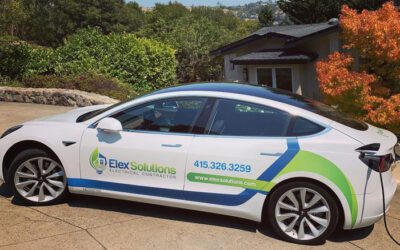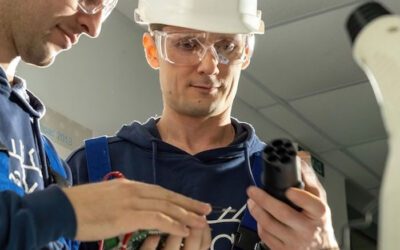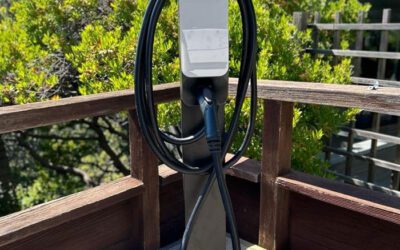Blog
Welcome to Elex Solutions Blog!
Here, we strive to cover all things relevant and important to electrical and renewable energy. From industry trends and innovative technologies to practical tips and project showcases, our goal is to keep you informed and inspired. Have a topic you’d like us to explore? We’d love to hear your suggestions—just let us know!
5 Benefits of Having an Electric Vehicle Charger at Home
Electric vehicles (EVs) are becoming more popular as people look for ways to reduce their carbon footprint and save money on fuel costs. However,...
How To Choose An Electrician for Your Home Electric Vehicle Charger Installation?
Choosing the best electrician for the installation of a home electric vehicle (EV) charger is an important decision as it involves electrical safety...
What to Keep in Mind for a Safe EV Charger Installation?
Electric vehicles (EVs) are gaining popularity for their environmental benefits and cost savings. As more people make the switch to electric, the...



